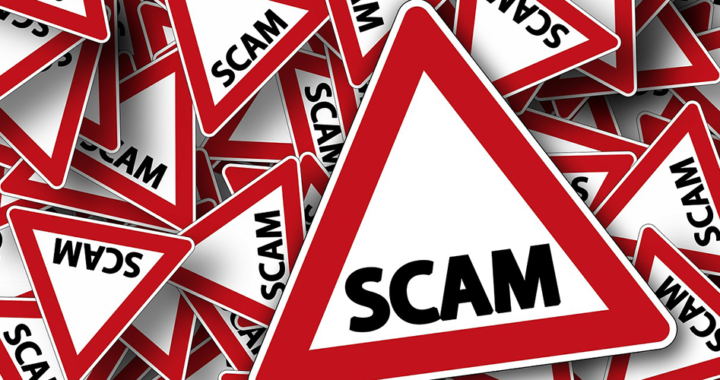The best way to avoid becoming a victim of one of those investment scams is to avoid them. However, this is easier said than done because some individuals or entities can be really convincing. Nonetheless, there are red flags or warning signs to look for to evaluate if a particular investment offering is legitimate or just another fraudulent activity.
How to Identify An Investment Scam: The Common Signs of Investment Scams
The United States Securities and Exchange Commission has published a guideline that lists down and describes the red flags or weaning signs of a Ponzi Scheme. Nonetheless, these sings are also applicable to other fraudulent investment offerings.
1. Low Risk and High Return Guarantees
It is essential to take note of the fact that investments have some degree of risks. High returns typically involve high risks, while low returns usually involve low risks. Guaranteed returns are almost always impossible.
2. Overly Consistent Returns
Remember that the values of investment fluctuate periodically. Those that offer high potential returns are usually susceptible to market fluctuations. An investment that initially provides consistent high returns despite problematic market conditions should be considered as suspicious.
3. Unregistered Investments
Investment scams typically involve investment models or businesses that are not registered and regulated by concerned regulatory bodies. Take note that government registration and regulation protect individuals from fraud by providing them access to crucial information about the management, finances, and products of a particular organization.
4. Unlicensed Sellers, Agents, and Advisors
Most governments, to include the United States, strictly require investment firms and investment professionals such as agents and advisors to be registered or licensed. Consider stockbrokers and insurance agents as examples. These organizations and individuals are under codes of ethics and established fiduciary duties.
5. Secretive or Complex Strategy
Another way to determine investment scams is if the strategy or framework used to operate the business, its model, or to generate revenues is too complicated to be understood. Furthermore, information about this strategy and framework are usually unavailable to the public, especially the investors or clients.
6. No Minimum Investor Qualifications
Keep in mind that legitimate investment opportunities and investment firms require investors to meet specific standards. In most cases, brokers, agents, underwriters, and/or advisors subject these investors under a background check to evaluate their financial capacity and risk appetite, thus determining their suitability.
7. Issues with Documents or Paperwork
Scammers and opportunities would often provide excuses when asked about documents or other written information related to the investment and relevant transactions. Investors or clients should first read and review the prospectus or disclosure statement of an investment company. Furthermore, errors in account statements may be flagged as a sign of fraud.
8. Investment Scams Exploit Shared Affinity
Several cases of investment scams involve some connection with an affinity. To be more specific, some individuals or firms that want to defraud individuals would exploit the trust derived from affinity or membership in a particular group such as nationality, ethnicity, religion, and community, among others.
How to Exactly Determine Investment Scams: Essential Reminders to Rookie Investors
Remember that although fraud related to investments stem from fraudsters, their schemes would not work if there are no victims or, more specifically, willing victims. To avoid being a victim, take note of the following:
• Know by heart the red flags or warning signs of an investment scam. Examine an investment offering, the individual, and the company attached to it. Be mindful of the behavior or attitude of involved entities.
• Do a background check. Search the Internet for news articles or any information related to a particular company. Furthermore, ask a particular seller, agent, broker, or advisor about papers that would proof transparency and legitimacy.
• Be diligent in understanding more about the product, business model, or involved investment vehicle. Do not enter a business or investment opportunity that you know nothing about. Investments should be made on informed decisions.
• If it is too good to be true, then it is not. Remember that investments come with some risk. The higher the yields, the higher the risk. The lower the yields, the lower the risk. Returns are not guaranteed. Also, be skeptical about promises of short-term high returns.
• A legitimate investment firm or a seller, agent, broker, or advisor would always subject you under a background check to determine your suitability, especially your financial capacity and risk appetite. Take note of their marketing and sales tactics or activities.
FURTHER READINGS AND REFERENCES:
- Pineda, M. E. 2019. “Ponzi Scheme: Definition, Origin, Examples, and Red Flags.” Profolus. Available online
- Securities and Exchange Commission. 2013. “Ponzi Schemes.” Fast Answers. U.S. Securities and Exchange Commission. Available online





